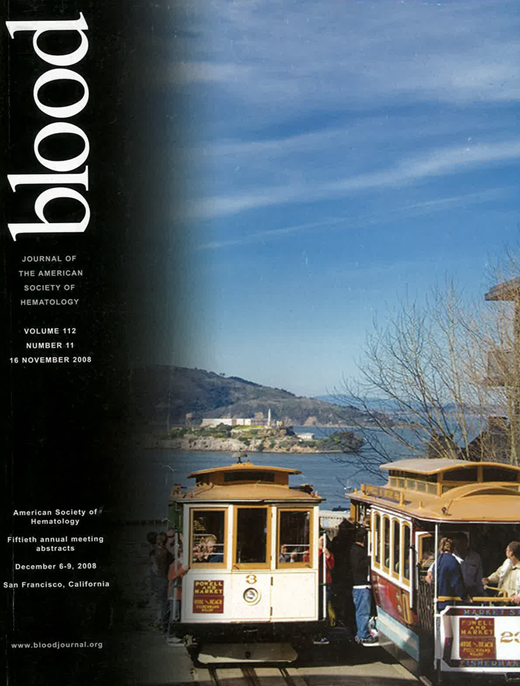Abstract
Aurora B kinase is one of the key regulators of mitosis and has been reported to be over-expressed in a various malignancies including acute myelogenous leukemia; however, expression of Aurora B in non-Hodgkin’s lymphoma (NHL) and its role in lymphoma genesis remain to be fully elucidated. This study explored the levels of Aurora B in seventy four lymph nodes and tumor specimens excised operatively from individuals with various types of NHLs including diffuse large B cell lymphoma (n=22, DLBCL), follicular lymphoma (n=12, FL), Burkitt’s lymphoma (n=10, BL), mantle cell lymphoma (n=4, MCL), mucosa associated lymphoid tissue (n=4, MALT), adult T-cell leukemia/lymphoma (n=11, ATL), peripheral T-cell lymphoma (n=8, PTCL), and Hodgkin’s lymphoma (n=3, HL). Immunohistochemical examination found that DLBCL (11/22, 50 %) and BL (8/10, 80 %) cells highly (percentage of positive cells, >20 %) expressed Aurora B in their nucleus. On the other hand, FL (11/12, 92 %), MCL (1/4, 25 %), and MALT (1/4, 25 %) cells slightly (percentage of positive cells, 5–20 %) expressed Aurora B and none of them, except for one case of FL, highly expressed this protein kinase, suggesting that expression of Aurora B correlated with histological grade in B cell NHLs (p=0.0004). We next examined whether Aurora B could be a molecular target for treatment of NHLs utilizing BALM-14, -18, and -27, Daudi, Ramos, and Raji Burkitt’s lymphoma/leukemia cells. Exposure of these cells to AZD1152, a selective inhibitor of Aurora B kinase, potently induced apoptosis in association with activation of caspase 3, as measured by annexin V staining and Western blot analysis, respectively. Moreover, we found that AZD1152 synergistically enhanced the effects of vincristine (VCR), a tubulin depolymerizing agent, to induce growth arrest and apoptosis of these cells. Further experiments found that VCR increased levels of the phosphorylated forms of Aurora B (p-Aurora B) via activation of c-Jun N-terminal kinase (JNK), which was blocked in the presence of AZD1152 in BALM-27 cells. Taken together, Aurora B kinase is a promising molecular target for treatment of individuals with aggressive types of NHLs. The combined administration of AZD1152 and the conventional chemotherapeutic agents to patients with NHL warrants further investigation.
Disclosures: No relevant conflicts of interest to declare.
Author notes
Corresponding author

